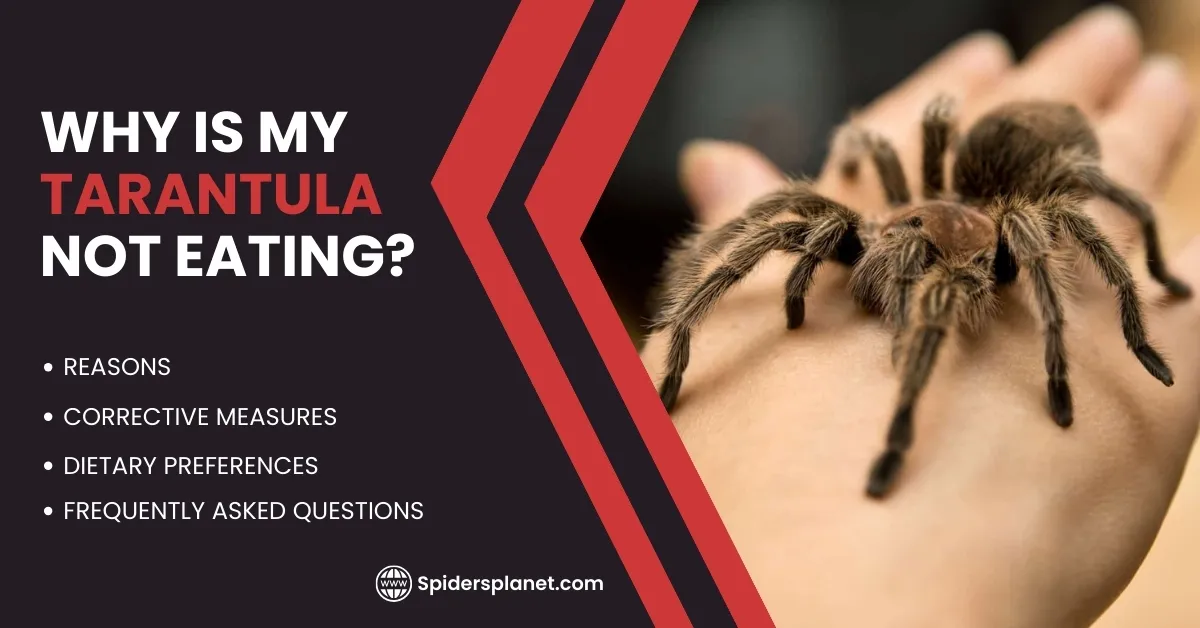Why Is My Tarantula Not Eating
Discovering that your tarantula is not eating can be a stressful experience for any pet owner. Tarantulas, like all living creatures, require regular sustenance to thrive. A refusal to eat, known as a food strike, can be caused by a variety of factors, from environmental conditions to the natural processes of their life cycle. Understanding the common reasons behind a tarantula’s lack of appetite is crucial for providing proper care and ensuring the health and well-being of your eight-legged friend. This guide delves into the top five reasons why your tarantula might be turning down meals, offering insights and solutions to help you address the issue and get your tarantula back on track.
Temperature and Humidity Issues
One of the most common culprits behind a tarantula’s loss of appetite is an improper environment. Tarantulas are ectothermic animals, meaning they rely on external sources to regulate their body temperature. Both the temperature and humidity levels within their enclosure play a vital role in their metabolism, activity levels, and overall health. When these environmental factors are not within the ideal range, it can significantly impact their willingness to eat. If the enclosure is too cold, the tarantula’s metabolism slows down, reducing its need for food, while excessively high temperatures can cause stress and dehydration, also affecting their appetite.
Ideal Temperature and Humidity for Tarantulas
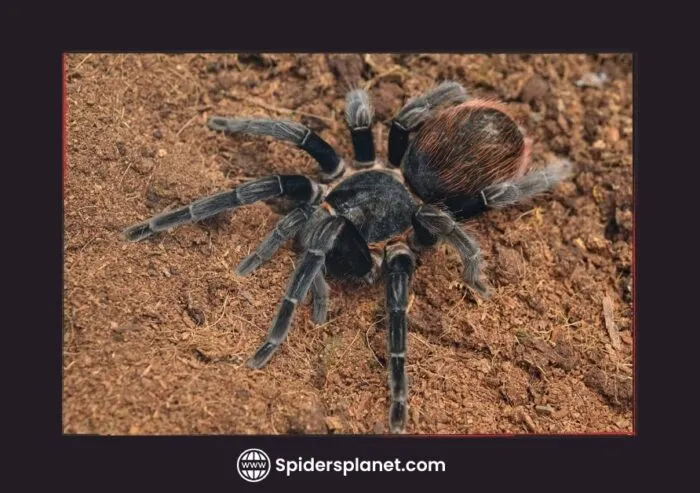
The ideal temperature and humidity levels vary slightly depending on the tarantula species, but generally, a temperature range between 75°F and 85°F (24°C and 29°C) is suitable for most species. Humidity should be maintained between 60% and 80%, although this also depends on the species’ natural habitat. Monitoring these levels regularly with a thermometer and hygrometer is essential. Consider the specific needs of your tarantula species, as some may require slightly different conditions. For example, desert species may prefer lower humidity levels, while tropical species thrive in higher humidity.
How to Adjust Enclosure Conditions
If you suspect temperature or humidity issues, immediate action is necessary. For temperature adjustments, use a heat lamp or heating pad designed for reptile enclosures, ensuring the heat source is placed safely to avoid burns. To increase humidity, mist the enclosure with a spray bottle filled with dechlorinated water, or provide a water dish large enough for the tarantula to drink from. For lowering humidity, improve ventilation in the enclosure by adding more cross-ventilation. Always make gradual adjustments to avoid shocking your tarantula. Regular monitoring and adjustments will help create a comfortable and healthy environment, which is crucial for encouraging your tarantula to eat.
Molting Cycle and Appetite
Another completely normal reason for a tarantula not eating is the molting cycle. As tarantulas grow, they shed their exoskeleton, a process known as molting. This process is physically demanding, and during this time, the tarantula may stop eating altogether. The timing and frequency of molting depend on the tarantula’s age, species, and growth rate. Younger tarantulas molt more frequently than adults. The process can take anywhere from a few hours to several days, depending on the size and age of the tarantula. Recognizing the signs of an impending molt and understanding the molting process can help you avoid unnecessary worry and provide the best care during this critical period.
Signs of an Approaching Molt
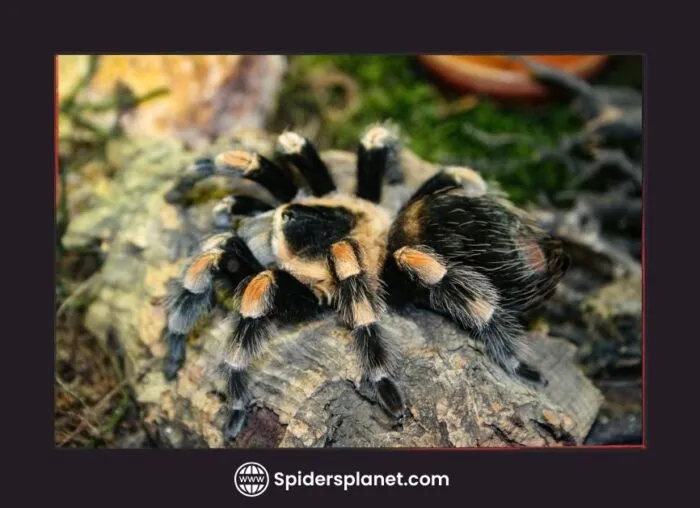
Several telltale signs indicate that your tarantula is preparing to molt. One of the most common signs is a loss of appetite, sometimes weeks or even months before the actual molt. The tarantula might also become less active, spending more time in its burrow or hiding place. The abdomen may appear dark or shiny, indicating that the new exoskeleton is forming underneath. Furthermore, the tarantula might refuse to eat, or if they do, they may drop their prey. Be patient, and avoid disturbing your tarantula during this sensitive period.
What to Do During Molting
During a molt, it is crucial to avoid disturbing your tarantula. Do not handle the tarantula, and minimize any vibrations or changes in the environment. Ensure the enclosure has adequate humidity, as this helps facilitate the molting process. Provide a shallow dish of water for hydration. If the tarantula is having difficulty molting, it is important to seek advice from an experienced tarantula keeper or a veterinarian specializing in exotic animals. Never attempt to assist the tarantula yourself, as this can cause serious harm.
Prey Size and Type
The type and size of the prey you offer to your tarantula can also influence its appetite. Tarantulas are opportunistic feeders, but they have preferences, and the suitability of the prey affects their willingness to eat. Offering inappropriate prey can lead to a refusal to eat or a loss of interest in feeding. It is important to understand the dietary needs of your specific tarantula species and to provide a variety of appropriately sized prey items.
Choosing the Right Prey for Your Tarantula
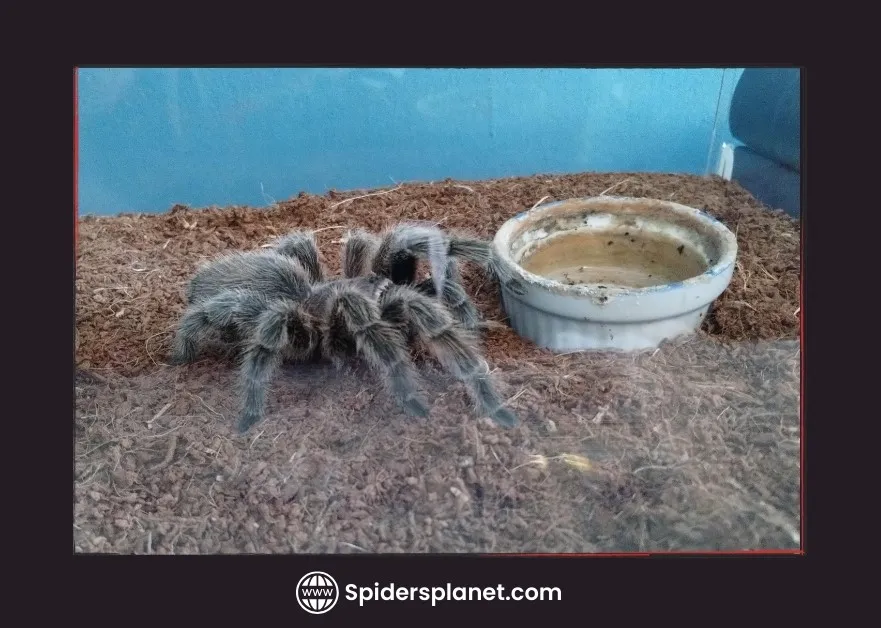
The most common prey items for tarantulas are insects such as crickets, mealworms, roaches, and even small spiders. The choice of prey should consider the tarantula’s species, size, and age. For example, younger tarantulas might do well on smaller prey like flightless fruit flies or pinhead crickets, while larger adults can handle larger prey like adult crickets or even small mice. Always ensure that the prey is gut-loaded, meaning it is fed a nutritious diet before being offered to the tarantula, which improves the nutritional value for your pet. Avoid feeding wild-caught insects, as they may carry parasites or pesticides harmful to your tarantula.
Adjusting Prey Size to Your Tarantula
The general rule of thumb for prey size is to offer insects that are no larger than the tarantula’s body length, excluding the legs. The ideal size can vary depending on the species and the individual tarantula’s appetite. If the prey is too large, the tarantula may be intimidated or have difficulty capturing and eating it. If the prey is too small, the tarantula might not consider it worth the effort. Observe your tarantula’s feeding habits and adjust the prey size accordingly. Removing uneaten prey within 24 hours will help prevent stress and potential injury to the tarantula.
Stress and Environmental Factors
Tarantulas are sensitive creatures, and various stressors in their environment can cause them to stop eating. Changes in their habitat, excessive handling, and loud noises can all contribute to stress and reduce their appetite. Providing a stable and secure environment is paramount to the health and well-being of your tarantula. Understanding the factors that can cause stress and implementing measures to minimize them is vital.
Minimizing Stress in Your Tarantula’s Habitat
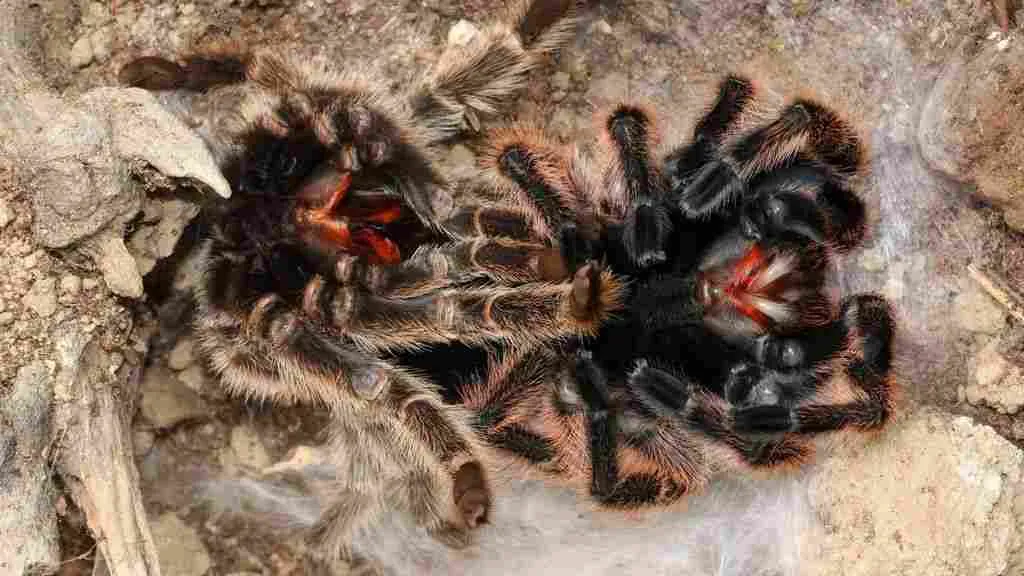
To reduce stress, place the enclosure in a quiet area away from high traffic and loud noises. Avoid frequent handling, especially when the tarantula is in a vulnerable state, such as during molting or shortly after feeding. Provide a secure hiding place, such as a hide or burrow, where the tarantula can retreat when feeling threatened. Ensure the enclosure is clean and free from waste. Avoid placing the enclosure in direct sunlight, as this can overheat the enclosure and stress the tarantula. Regular cleaning and maintenance are crucial to maintaining a stress-free environment.
Identifying and Addressing Environmental Stressors
Observe your tarantula’s behavior to identify potential stressors. Is it constantly hiding? Does it appear agitated or defensive? Does it seem to be exploring the enclosure more than usual? If you suspect a stressor, try to identify and remove it. Common stressors include excessive handling, loud noises, vibrations, and changes in the environment. Make sure the enclosure size is appropriate for the tarantula’s size. Once you identify the source of stress, take steps to eliminate or minimize it to restore your tarantula’s appetite and overall well-being.
Illness and Parasites
While less common than environmental or molting-related causes, illness and parasites can also lead to a loss of appetite in tarantulas. Tarantulas, like any living animal, can contract illnesses or be affected by parasites, which can weaken them and make them unwilling to eat. Recognizing the signs of illness and knowing when to seek veterinary care are crucial steps in ensuring your tarantula receives the necessary treatment and care.
Recognizing Signs of Illness in Tarantulas

Several signs can indicate that your tarantula is ill. These include lethargy, loss of appetite, unusual postures, and difficulty moving. Other signs include fluid leaking from the mouth or other body parts, unusual swelling, or discoloration of the abdomen. A tarantula with an illness may also have a loss of balance or appear uncoordinated. If you notice any of these symptoms, it is essential to carefully examine your tarantula and consider consulting a veterinarian specializing in exotic animals. These specialists can accurately diagnose and treat any underlying health issues.
When to Seek Veterinary Help
If your tarantula shows signs of illness, such as those mentioned above, or if it has been refusing to eat for an extended period, it is essential to seek veterinary help. A veterinarian specializing in exotic animals can perform a thorough examination, diagnose the underlying cause, and recommend appropriate treatment. Do not hesitate to consult a vet, as early intervention can significantly improve the chances of recovery. They may recommend testing for parasites or providing medication to treat the illness. Furthermore, a veterinarian can offer personalized advice on the care and management of your tarantula, promoting a healthier and longer life.
In conclusion, a tarantula refusing to eat can be unsettling, but it is often a manageable issue. By understanding the common causes, such as environmental conditions, molting cycles, prey-related issues, stress, and illness, you can take proactive steps to address the problem. Regular monitoring of your tarantula’s environment and behavior is key to ensuring its health and well-being. If you are concerned about your tarantula’s lack of appetite, seek advice from experienced keepers or, if necessary, consult a veterinarian specializing in exotic animals. With patience, care, and informed action, you can help your tarantula thrive.
